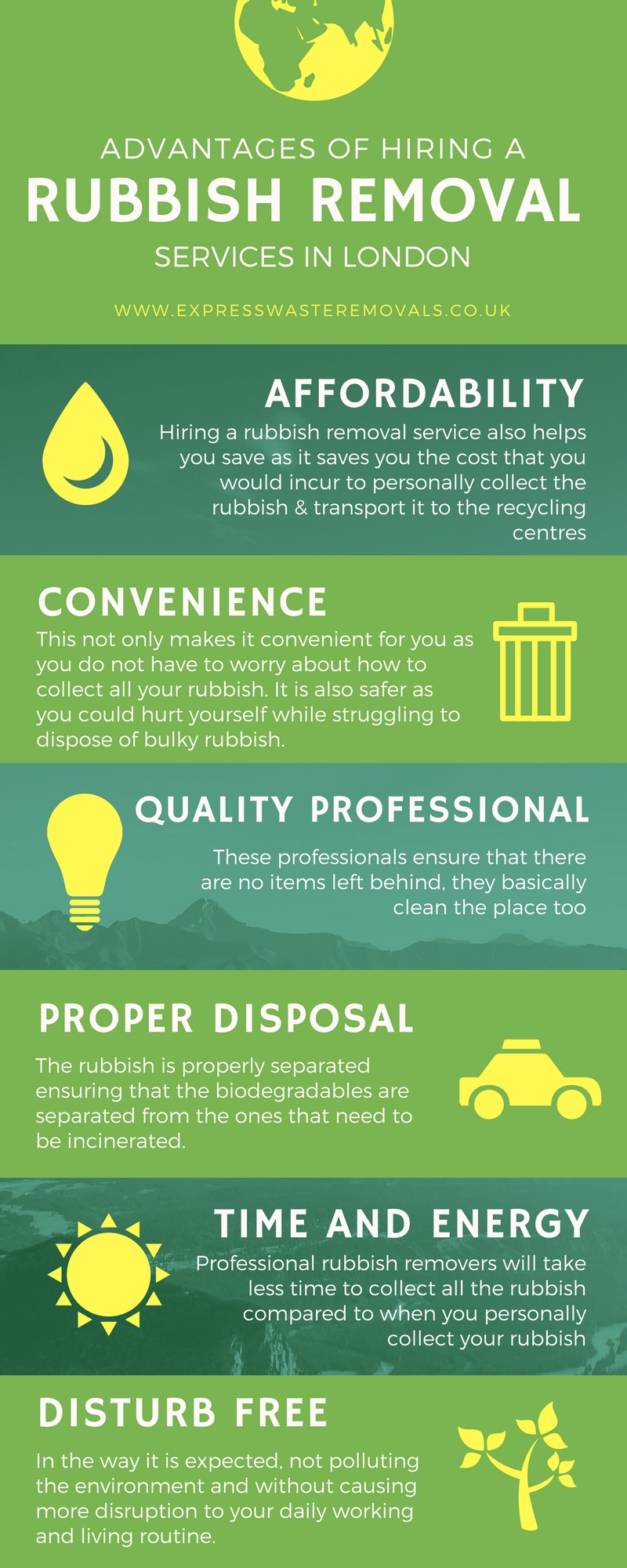The Ultimate Guide To Choosing The Appropriate Dumpster Dimension For Your Project
The Ultimate Guide To Choosing The Appropriate Dumpster Dimension For Your Project
Blog Article
read page -Templeton Hunter
When embarking on a task that needs a dumpster, the dimension you select can significantly impact its effectiveness and cost-effectiveness. Visualize having the ideal container that accommodates all your waste without being exceedingly huge or also tiny. It all beginnings with understanding the nuances of your job and choosing a dumpster size that aligns with your certain requirements. So, before small roll off dumpster rental decide, take into consideration the elements at play to make sure a smooth waste management process throughout.
Variables to Take into consideration
When choosing the appropriate dumpster dimension, there are several essential aspects to consider.
Initially, consider the type of waste you'll be dealing with. Different products might require differing quantities of space, so recognizing what you'll be putting in the dumpster is essential.
Next off, analyze the amount of waste you anticipate to create. If you underestimate the volume, you might require to make multiple trips to deal with whatever, which can be troublesome and expensive. On the other hand, leasing a dumpster that's also large can result in unnecessary expenditures.
Additionally, consider the space where the dumpster will certainly be positioned. Ensure there suffices area for the dumpster to be provided and grabbed with no obstructions.
Last but not least, consider any kind of weight limitations that may apply. Surpassing the weight limit can cause additional charges or even the rejection of service.
Dumpster Size Options
For picking the best dumpster dimension, it's important to have a mutual understanding of the available alternatives. Dumpster dimensions typically range from 10 to 40 cubic lawns, with variations in between.
visit this weblink -yard dumpster appropriates for little projects like a garage cleanout or a little renovation. If you're taking on a medium-sized project such as a kitchen area remodel or a cellar cleanout, a 20-yard dumpster may be the ideal selection.
For larger jobs like a whole-house renovation or business construction, a 30 or 40-yard dumpster could be more suitable to fit the volume of waste produced.
When deciding on a dumpster dimension, think about the amount and kind of particles you expect to throw away. It's far better to choose a slightly larger dimension if you're uncertain to avoid overfilling. Keep in mind, it's even more cost-efficient to rent a dumpster that fits your requirements rather than having to buy an extra one.
Matching Dimension to Task
Efficiently matching the dumpster dimension to your project is essential for efficient waste administration. To establish the best size, take into consideration the scope and nature of your task.
For tiny house cleanouts or remodellings, a 10-yard dumpster might be enough. These are usually 12 feet long and can hold about 4 pickup truck loads of waste.
For bigger tasks like remodeling numerous spaces or cleaning out a huge estate, a 20-yard dumpster could be preferable. These are around 22 feet long and can hold about 8 pickup tons.
If you're dealing with a significant building job or commercial remodelling, a 30-yard dumpster could be the best fit. These dumpsters are about 22 feet long and can suit about 12 pickup truck lots of debris.
Matching the dumpster size to your project guarantees you have sufficient space for all waste materials without paying too much for extra capacity.
Final thought
Finally, picking the ideal dumpster size for your project is important for reliable waste disposal. By thinking about factors like the kind and amount of waste, room schedule, weight constraints, and budget restrictions, you can guarantee you have the suitable size dumpster for your demands. Make certain to match the size of the dumpster to the extent and nature of your job to avoid overspending on unnecessary costs.
